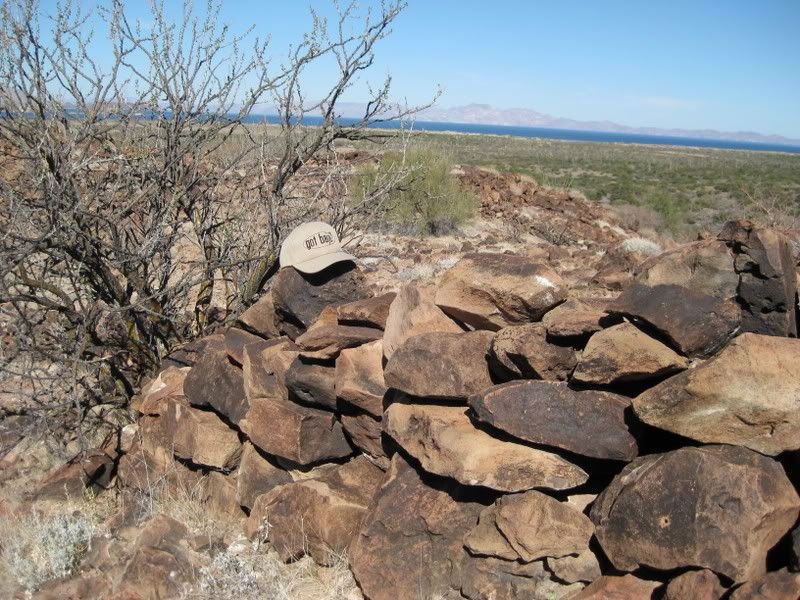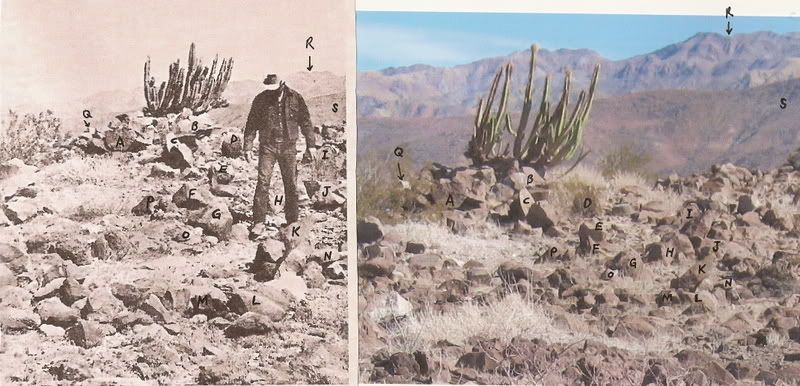Originally posted by mtgoat666
| Quote: | Originally posted by David K
The funnest part of this discovery is comparing the photos!
...how little the Old Man Cactus has grown in 43 years:...
The cardon, ocotillos and other plants are so slightly changed in nearly half a century! Make one wonder how old they are?!
|
Photos are good illustration of how slow things grown in desert, and how rocks take so long to develop their patina. Makes it easy to understand how
off-road vehicles can easily scar the desert and it can take many decades or centuries for visual scars to disappear. Today, you can go to Baja and
still find scars of the ECR trail, even in areas where it is not still in use. In Mojave, you can still see Patton's WWII tank training scars that
look like they happened yesterday.
Tread lightly! |


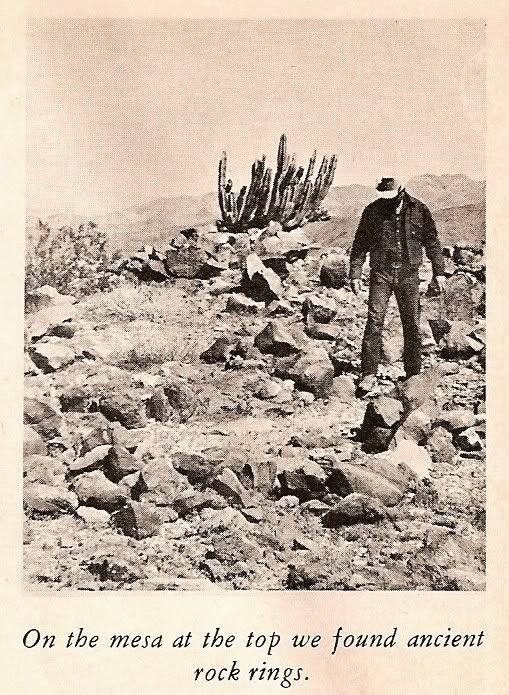
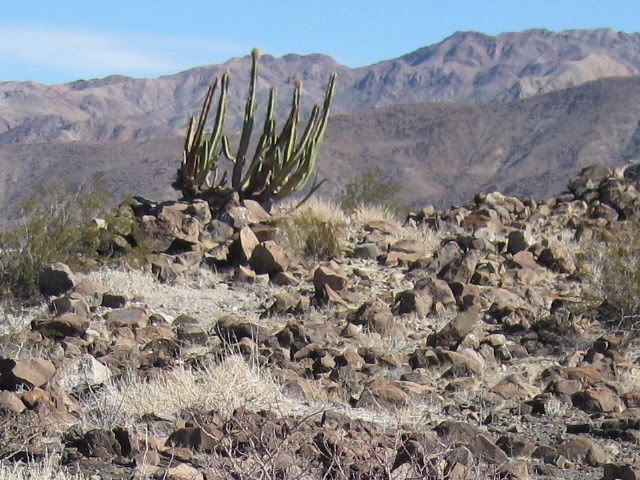
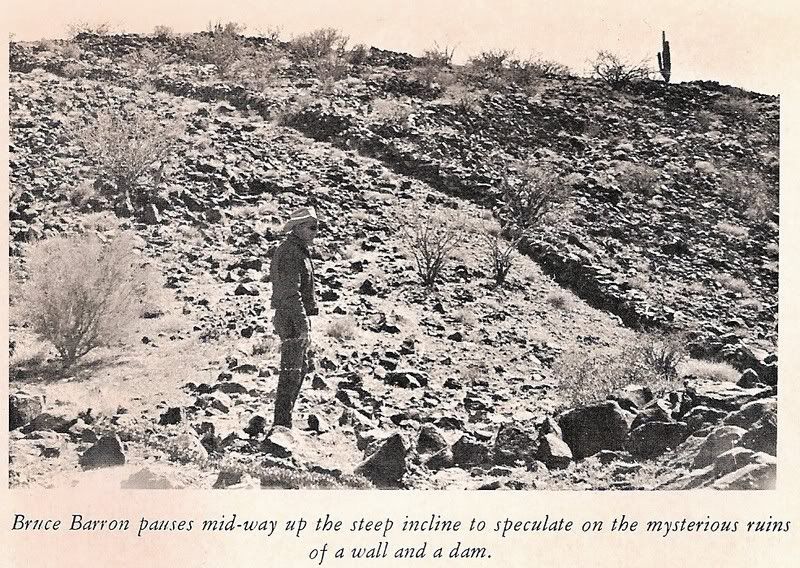

 ,
but thank you anyway.
,
but thank you anyway.

 I appreciate your eye on those pics though. It
looks untouched since the two sets were taken up there.
I appreciate your eye on those pics though. It
looks untouched since the two sets were taken up there.